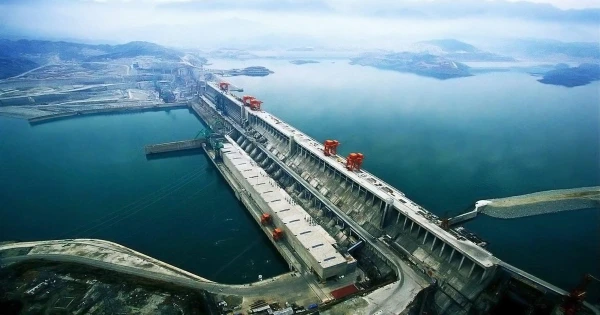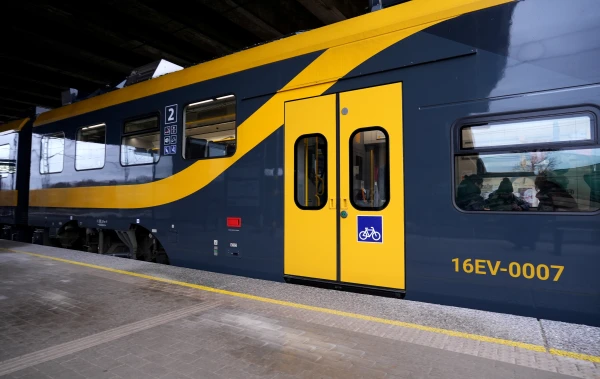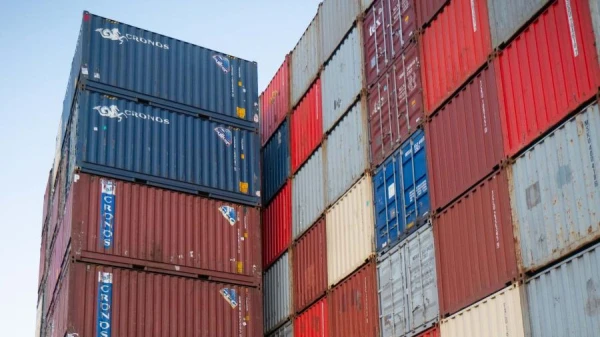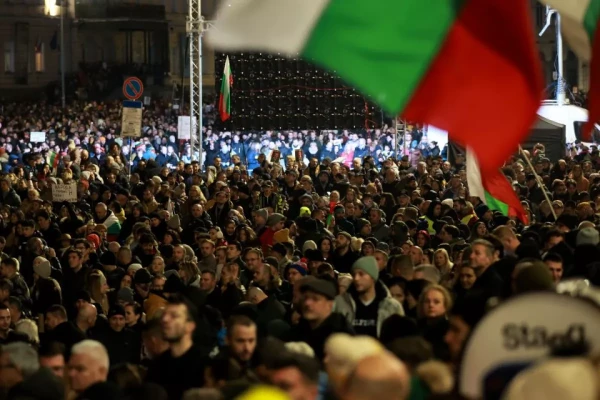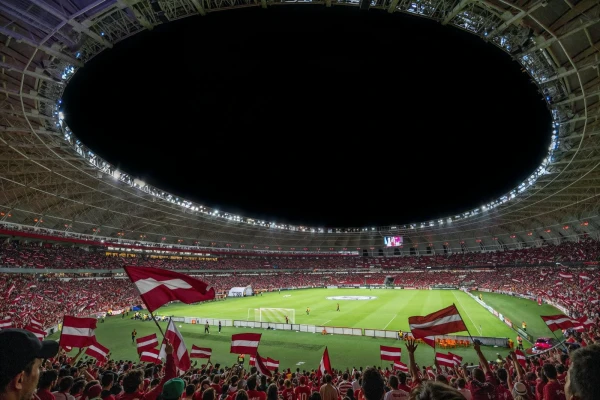
The first report on the prospects for the construction of the National Football Stadium in Latvia has been presented, which outlines the economic, social, and urban planning benefits of the project.
The key developer of the concept is the largest architectural bureau in Latvia, SEP, which has engaged the international partner Populous — the creator of projects such as Wembley Stadium and Tottenham Hotspur Stadium in London, Yankee Stadium in New York, and FNB Stadium in Johannesburg. The Latvian side is responsible for adapting global experience to the realities of Riga.
The modern stadium is viewed not only as a sports facility but also as a driver of the economy and culture. According to a study by SEP, the transition to new stadiums in Europe increases attendance by 86–100%. In Latvia, this could mean an increase in audience size to 12–18 thousand spectators, which will directly impact revenues from tickets, food, and souvenirs.
Today, Latvia remains the only Baltic country without a national stadium, which deprives it of major football matches and world concert tours. The experience of Tallinn and Vilnius confirms this: Estonia's A. Le Coq Arena attracts more than 150 thousand visitors annually, while the new project in Lithuania is already stimulating the development of the urban economy.
The new stadium in Riga will allow for hosting international matches and tournaments that meet UEFA and FIFA requirements. According to calculations by the Latvian Football Federation (LFF), each game could attract 5–10 thousand foreign fans and generate 10–15 million euros annually through tourism and related services.
At the same time, as global practice shows, up to 60% of the revenues of modern venues come from non-sporting events — concerts, exhibitions, and festivals.
The urban planning effect is also emphasized: new residential and business districts, public spaces, and improved transport infrastructure could emerge around the stadium. Similar projects in Europe have contributed to rising property prices and investment attractiveness of neighborhoods.
For football, this will be a step towards uniting fragmented infrastructure. The new complex will provide a base for the national team, academies, and sports research. Even today, football's contribution to the economy is estimated at 37 million euros annually, and with the stadium's emergence, this figure could significantly increase.
"Latvia is ready to take a step forward and establish itself as a center for major events in the Baltic region," noted Oleg Umansky, Commercial Director of SEP.
The project is being developed by SEP with the participation of Populous and Latvian partners Urban Comm and Reģionālie projekti. The authors emphasize that this is not just about architecture, but about the national infrastructure of the future, which will strengthen the country's image and its position in the European cultural and sports space.


